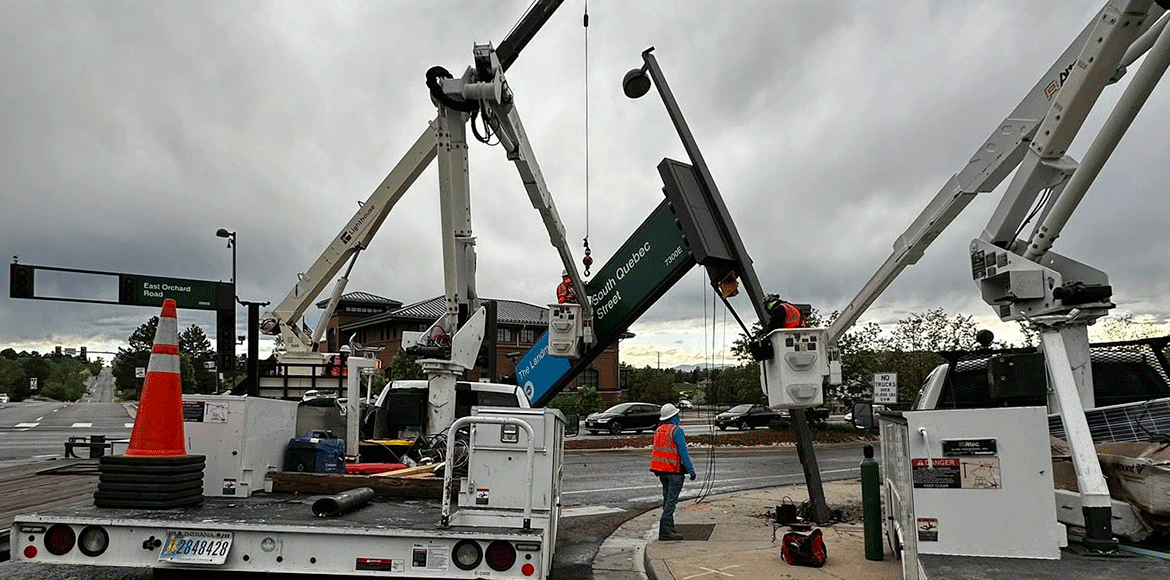
Traffic signals are essential for maintaining safe and efficient roadways. Yet many drivers don’t know how they function. This guide explains how modern traffic signal systems operate. From vehicle detection to adaptive technology, here's what goes on behind the lights.
A traffic signal system is a network of devices that control the movement of vehicles, bicycles, and pedestrians through intersections. These systems typically include:
Most intersections today are actuated, meaning they respond to traffic in real time. This is made possible by vehicle detection systems such as:
These systems detect when a car or bike is waiting at an intersection and send that information to the controller.
Traffic signal timing is the process of deciding how long each light stays green, yellow, or red. Timing can be based on a fixed schedule or adjusted dynamically.
Adaptive traffic signals are often used in smart cities to reduce congestion and improve commute times.
The signal controller is a cabinet located at the corner of the intersection. It houses the computer that makes decisions about when each light should change.
Modern systems are connected through:
This connectivity allows cities to monitor and update intersections remotely, coordinate timing across corridors, and prioritize emergency vehicles.
Today’s signals are designed for more than just cars. They include features for:
Cities are upgrading to intelligent traffic systems that use artificial intelligence and connected vehicle technology. Some of the most exciting advancements include:
Proper maintenance is critical for traffic signal safety and performance. Technicians perform regular checks that include:
Understanding how traffic signals work helps drivers appreciate the complex systems that keep our roads safe. From buried sensors to adaptive signal timing and citywide communication, these systems are constantly evolving to support safer, faster, and more efficient travel.
If you're a contractor, municipal planner, or just curious about how traffic signals work, our team can help. We specialize in traffic signal installation, programming, testing, and ongoing maintenance across Colorado and Oklahoma.
We’re a small team that loves to create great experiences and make meaningful connections between builders and customers. Join our remote ream!

